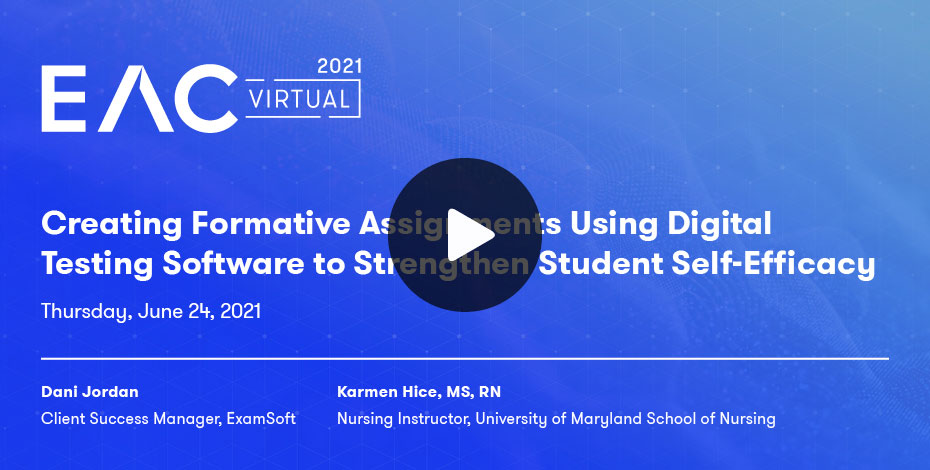The assessment of student learning comes in many forms and with many different names. The term formative assessment is commonly used to describe lower-stakes assessments and assignments, but when you dive into the methodology a little deeper, the practice is much more than just pop quizzes. When applied correctly, formative assessment can help educators understand how their students and curriculum are performing, deliver educational content, and even become the catalyst for remediation and support techniques.
What Is Formative Assessment?
Formative assessment is quite simply the evaluation of student learning while the learning is still taking place. The assessment itself provides teachers with a way to actively measure what areas of the content their students are absorbing and which need additional coverage. The key to making an assessment a formative assessment is providing students with feedback so that they also are aware of what content areas need to be reviewed.
Formative assessment tactics should be employed not only as a way to measure what content a student has recently absorbed but also as a method of delivering or teaching the content. By promoting the information in several different manners (including within an assessment), educators are continually providing students with alternate ways to absorb and understand the topic.
Using Formative Assessment to Promote Student Learning
As formative assessment is in essence a spot check of learning as it is occurring, it’s also a great method of staying in tune with what parts of and how much of the content students are absorbing. By understanding what students are learning as the learning is occurring, teachers are provided with the information to make decisions within their courses that will help improve their students’ performance going forward. If performance on a formative assessment is low within a specific topic, faculty can revisit the content, adjust teaching methods, or assign additional course work to help students absorb that information.
Providing Students with Formative Feedback
Formative assessment without feedback to students is simply a summative assessment. For it to be an assessment for learning (instead of solely an assessment of learning), feedback must be provided. Feedback to students on their performance continues the process of learning so that they understand what information they have retained or where they can continue to direct their study time
Feedback should be more than a general percentage correct—it should also include item rationales for the questions presented and break down the assessment performance by topic or learning outcome. The more information students have about their performance, the more directed their learning can be.
Using an Exam Software for Formative Assessment
Making sure that students receive detailed feedback in a timely manner isn’t always easy. However, by using an exam software, the process becomes much more efficient. By mapping assessment items to learning objectives or course topics, entering a rationale for the answer options, and running immediate reports on student performance, an exam software can help educators complete the formative process in a more effective and efficient manner.
Formative assessment is a key tool used to help students through the process of learning educational content. By using these lower-stakes assessment methods, students are provided multiple ways to absorb course information, demonstrate what information they have learned, and then use the feedback from these assessments to further the learning process. For more information on how ExamSoft’s exam software can assist with formative assessment in the classroom, click here.






